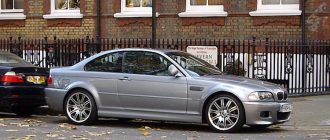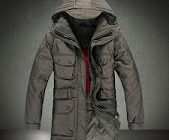Interested in heavy tanks from Germany? Read our guide to the heaviest Nazi tanks used in the Second World War…
The German Heavy Tanks only came into existence due to Adolf Hitler’s fascination with advanced and seemingly complex weaponry. While this statement stands true, it is also a fact that the German Panzer Tank force, no matter how effective it had been, could just not possibly take on the Soviets’ KV-1 and T-34 tanks. It was for this reason that designs and plans for the production of heavy tanks was given code-red importance.
The Panther
In line with all this planning and the need for heavy tanks, in 1942, after thorough design amendments, the Panther entered the production stage. The 45-ton Panther, armed with a long-barreled 75 mm gun and two machine guns, was seen as the perfect response for the T-34 possessed by the Russians. To an extent, much of the design such as the sloping armor and wide tracks, was inspired by the T-34. The initial models put out were deemed successful enough for production to proceed in full swing. However, the rampant sub-contracting and the Allied bombing that paralyzed the German industry ensured that the target of 600 Panthers per month was never achieved.
Moreover, the fact that enough time was not allocated for proper trials meant that mechanical problems were abundant in the Panthers being produced.
The Tiger
The Tiger tank was the next German heavy tank to be produced. It was in 1942 that the prototypes of the Tiger were presented to Adolf Hitler on his birthday and the one by Henschel was approved for production. The 55-ton tank was armed with an 88 mm main gun, a coaxial machine gun and another that was place above the hull. With a front armor that was more than 100 mm in thickness and side armor of 80 mm, it was a formidable opponent for the most sophisticated of weapons.
However, its lack of speed was a problem and so was Germany’s limited fuel supply. It had a road range of a mere 100 km at full fuel capacity and the constant re-fuelling that it needed was just not possible with the country deep in an energy crisis. Plus, the sheer size of the machine reduced its wading and cross-country capabilities significantly.
Tiger II
Known as the King Tiger, this was seen as the solution to all the problems that the Tiger had been posing for the Germans. The frontal armor was boosted to 150 mm in thickness and the short-barreled 88 mm main gun of the Tiger was upgraded to a long-barrelled one, giving it the ability to penetrate 200 mm of armor from a range of more than 200 metres, with a muzzle velocity of 1200 metres per second.
It really was the best German heavy tank and still remains the most famous but it, too, was not free of flaws and faults. The 65-ton weight of the monster tank made it an extremely clumsy machine, as it had no nimbleness and, though its speed was increased to 40 km/h by the introduction of a Maybach V12 engine, gave this German heavy tank horrendous fuel consumption.




